EMBRACING OUR COMPLEX MESS: PLAYFUL AND POETIC MYSTICISM
Posted on October 26, 2018“For it is through poetry that we give name to those ideas which are — until the poem — nameless and formless, about to be birthed, but already felt.“
– Audre Lorde, Poetry Is Not a Luxury
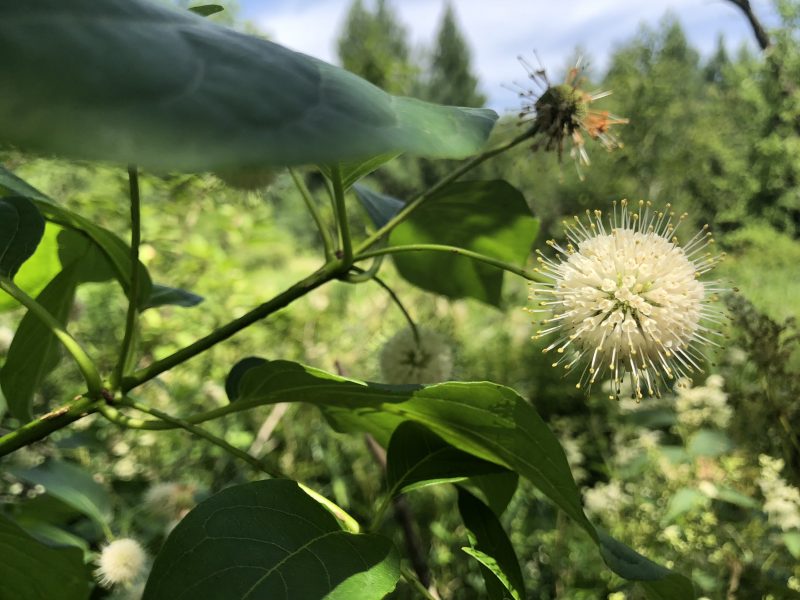
OUR COMPLEX MESS
The socio-environmental circumstances [1] we are situated within are complex, tricky, and non-absolute. They are interconnected, interdependent, and entangled. They knot bundles of the living and unliving, tragedy and joy, troubles and opportunities. An image, like that proposed by Donna Haraway, of our complex and connected reality as something like compost [2] resonates; A messy togetherness, in which challenges and approaches blossom like wild flowers.
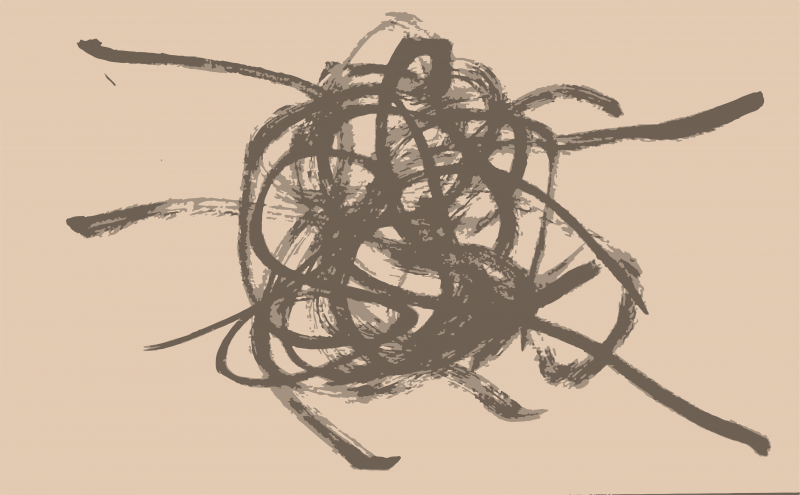
As this complex mess continues to evolve, efforts have been made to decipher and affect it. For a time, all known challenges could be understood and solved with an economist’s sense of rationality. Law had its time as well, with it’s eye for detail and enforceability. Business has and continues to take a front seat with the theory that problems are profit opportunities, which entrepreneurs will find and solve for. More recently, particularly within the engineering, computation, and design communities, systems analysis has become optimal — a way to comprehend and solve the vast, quantifiable, mix of connections between all things.
THE VALUE OF TRANSDISCIPLINARY THINKING
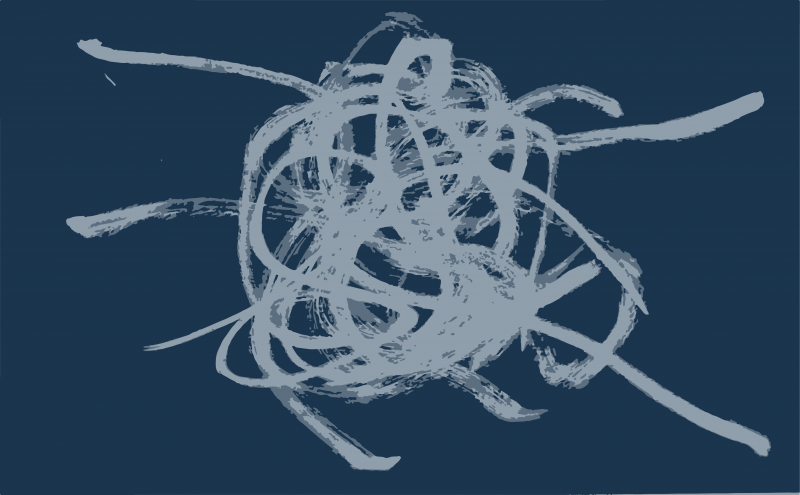
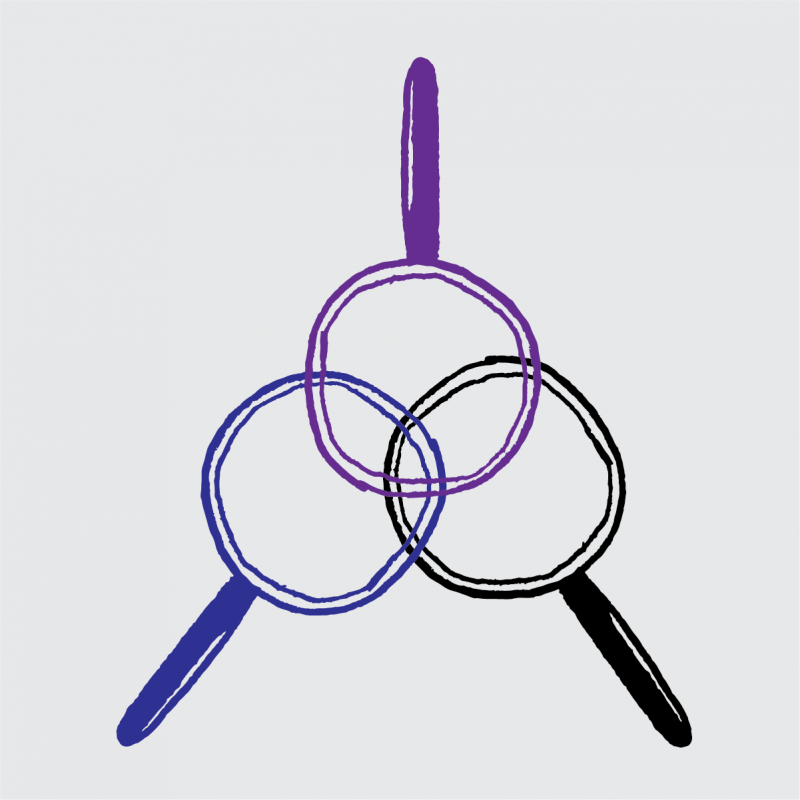 Considered as compliments to one another, these various approaches offer a transdisciplinary way of thinking. Each lens offers unique insights by virtue of its distinct starting points, sets of explorative methodologies, and mechanisms for drawing conclusions. Furthermore, taken together, they can self-critique and inform intentions to affect change. This tangle of skills and approaches meets our circumstances where they are, with similar knottedness and interdependency.
Considered as compliments to one another, these various approaches offer a transdisciplinary way of thinking. Each lens offers unique insights by virtue of its distinct starting points, sets of explorative methodologies, and mechanisms for drawing conclusions. Furthermore, taken together, they can self-critique and inform intentions to affect change. This tangle of skills and approaches meets our circumstances where they are, with similar knottedness and interdependency.
There is, however, a major risk related to the approaches listed above (economic, legal, business, systems, and transdisciplinary): An underlying assumption of control.
RESISTING CHAOS AND ASSUMING CONTROL
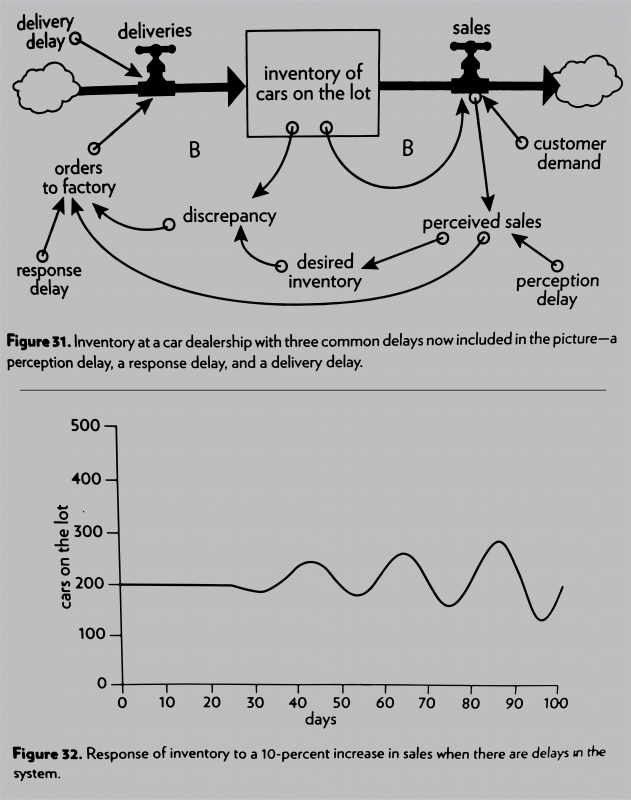
Example from Thinking in Systems: A Primer
A sense of control is, understandably, a priority for many practitioners, particularly those who function in complicated spaces. Ambiguity, chaos, and anarchy can be unnerving, even conceptually. To resist such discomfort, each of the fields discussed above tends to presume overwhelming complexity to be a breakdown of the natural structure of everything. That, treated with enough focus and analysis, complexity can be understood and systematically balanced. [3] This underlying assumption, that complexity can be solved for–that we have control–is evident across the board in economic, legal, business, systems, and transdisciplinary thinking.
The danger of assuming control, i.e., that one can wield absolute solutions, is paramount. No matter how well intentioned, the results of such assumptions are typically tragic in execution. They lead to massive, detrimental impacts. [4] Thus, while each of the practices discussed above surely has tremendous advantages, we should still be weary of the elements which self-intuit an ability to control, i.e., solve, complexity.
—
Perhaps, there are other ways to wade into the chaos.
EMBRACING OUR COMPLEX MESS: PLAYFUL AND POETIC MYSTICISM
I believe there may be an abstract way of interpreting and navigating the totality of our complexity: Playful and Poetic Mysticism. [5] Similar to Haraway’s compost, it is easier for me to live with, and in, the nature of our complexity than to try and universally understand and solve it. To do so, I understand the exponentially more complex nature of our circumstances in the form of poetry, with billions of diverse, poetic composers contributing to ever expanding verses.
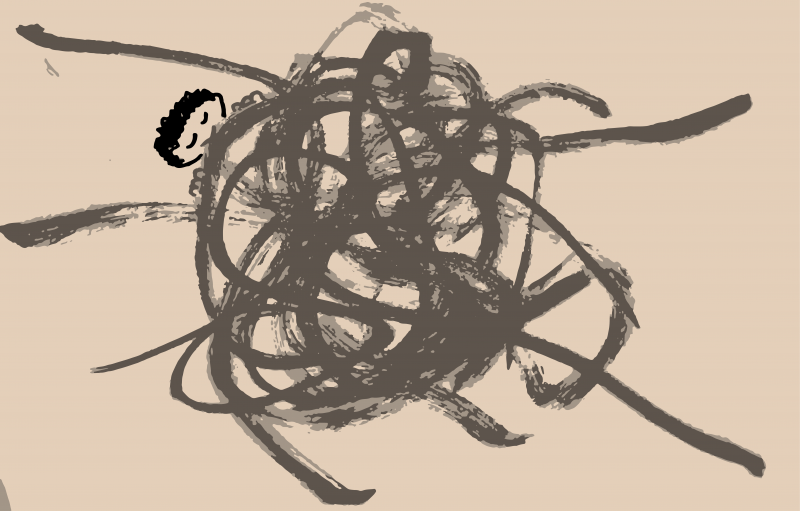
This framing is helpful for me because poetry is typically vague and not explicit. It can carry incredible specificity, in nuanced ways, with deeper meaning that evolves over time. It can be an expression of individual experience, which resonates with profound feeling, sensuality, and intention. Furthermore, metaphors, analogies, and other poetic mechanisms are interpretable, and therefore, the same poem can mean very different things to different people.
The key component to me of poetry is that it is not meant to be solved. It is meant to inspire, inform, or just be. In such, it can bring about sorrow, joy, imagination, action, eroticism, [6] playfulness and more. Thus, when engaging with the poetic mysticism of our circumstances, I feel empowered to respond poetically; to feel, to be, to “stay with the trouble.” [7]
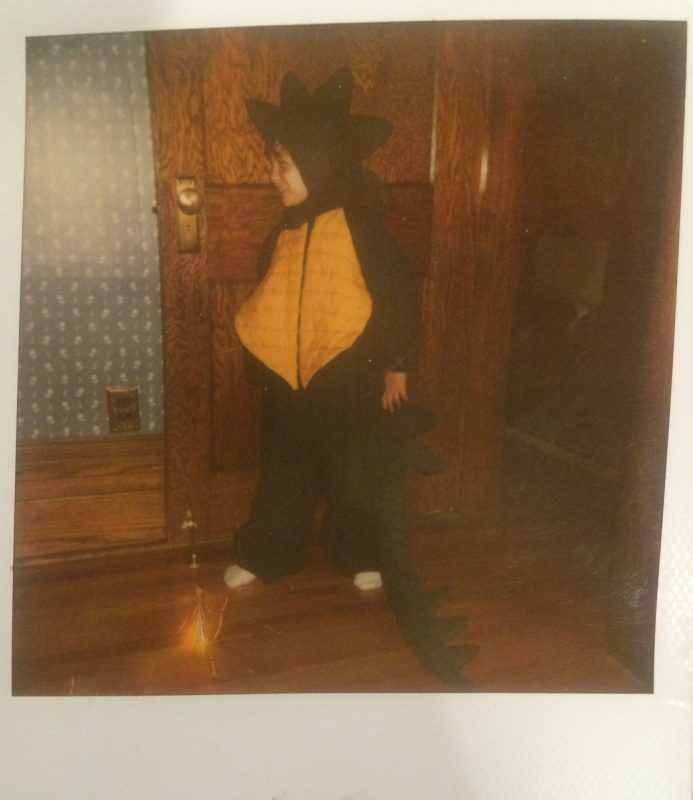
A fearless poet-dragon
Playfulness in this space is tremendously important to me. As Miguel Sicart describes in Play Matters:
“[P]layfulness is a carnivalesque attack… on the system-driven thinking that gives maximum importance to the dictates and structures of a formal structure. …Playfulness reambiguates the world. Through the characteristics of play, it makes it less formalized, less explained, open to interpretation and wonder and manipulation. To be playful is to add ambiguity to the world and play with that ambiguity.” [8]
A playful approach embraces ambiguity rather than tries to control it. It recognizes the amorphic and interwoven nature of our socio-environmental complexities and thrives for sake of it. It removes a demand to know, to understand, and to solve. Rather, it gives space to play, to explore, to try, to learn, and to try again.
The reality is I am neither a lawyer nor a businessman; a scientist nor a technocrat; an engineer nor a designer. And, while transdisciplinary thinking will help me unite and explore through those lenses, I am none of those things in isolation. Instead, I feel more like a poet; playful in nature and incongruent with ambitions of control or solutions. As such, I am drawn to engage as deeply as a can, in as many ways as I can, with the troublesome and ambiguous beauty I am entangled within. I am drawn toward playful and poetic mysticism.
[1] INCLUDING, impending ecological destruction, seismic socioeconomic inequity, deeply imbedded hierarchical power structures, and ambitions toward survival and collective flourishment.
[2] Haraway, Donna. Staying with the Trouble: Making Kin in the Chthulucene. Durham, NC: Duke University Press, 2016. Print. (p1-31).
[3] See Meadows, Donella. Thinking in Systems: A Primer. London ; Sterling, VA :Earthscan, 2009. Print.
[4] CONSIDER: the introduction of automobiles, which ‘solved’ distance problems, but resulted in urban and environmental catastrophe (McDonough, William, and Michael Braungart. Cradle to Cradle: Remaking the Way We Make Things. London: Vintage, 2009. Print.); the initial introduction of search engines, which ‘solved’ inaccess to information, but resulted in deeply entrenched surveillance capitalism (Zuboff, Shoshana. Google As a Fortune Teller: The Secrets of Surveillance Capitalism. 2016.); or the introduction of The War on Drugs, which ‘solved’ public safety problems, but resulted in the mass incarceration and over-policing of people of colour (Alexander, Michelle. The New Jim Crow : Mass Incarceration in the Age of Colorblindness. New York : [Jackson, Tenn.] :New Press ; Distributed by Perseus Distribution, 2010. Print.).
[5] “The belief that there is hidden meaning in life” (Cambridge English Dictionary)
[6] Lorde, Audre. Uses of the Erotic: The Erotic As Power. Brooklyn, N.Y: Out & Out Books, 1978. Print.
[7] Haraway, Donna. Staying with the Trouble: Making Kin in the Chthulucene. Durham, NC: Duke University Press, 2016. Print. (p1-31).
[8] Sicart, Miguel. Play Matters. MIT Press, 2014. Print. (pgs 23 & 28).
max s